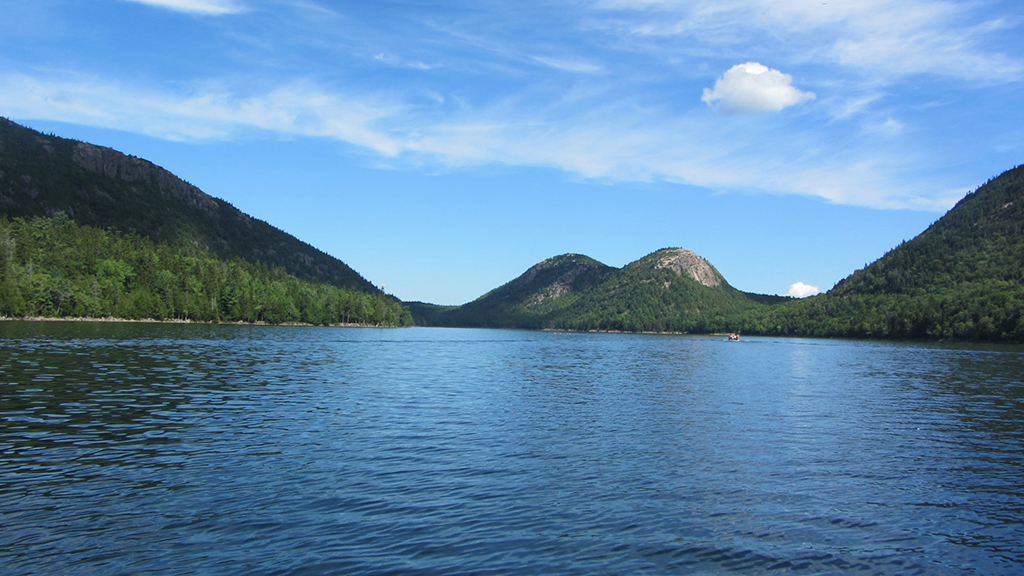Abstract
This interrupted case study introduces students to the complexity of understanding natural variation in ecosystems through time in the absence of long term data sets. In particular, students explore the interdisciplinary nature of ecology and examine how paleoecology can enhance our understanding of how aquatic ecosystems behaved in the past. The case tells the story of a college biology major who revisits a family lakeside cabin in Maine only to find the shoreline covered in dead fish and rotting trees. As students read the story, they are asked to develop hypotheses as to the possible cause of this ecosystem disruption using data presented in the form of deposition maps, graphs, and observations. Students are introduced to the basic ecology of diatoms and examine how they can be used to reconstruct past environmental conditions. The case was designed for an introductory level biology class, environmental science class, or majors ecology course. The case could be adapted for either a majors or non-majors course depending on the use of the extensions described in the teaching notes.



